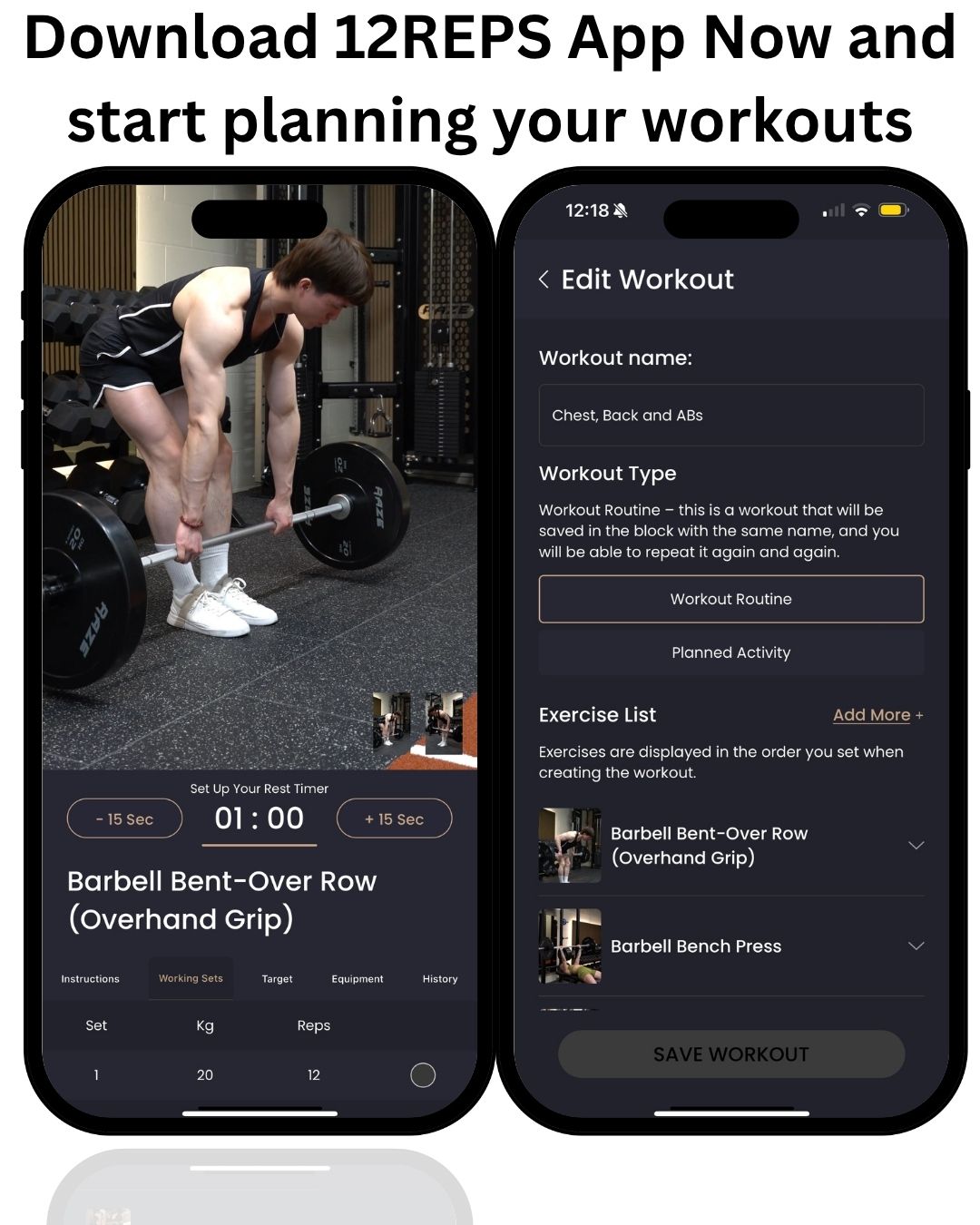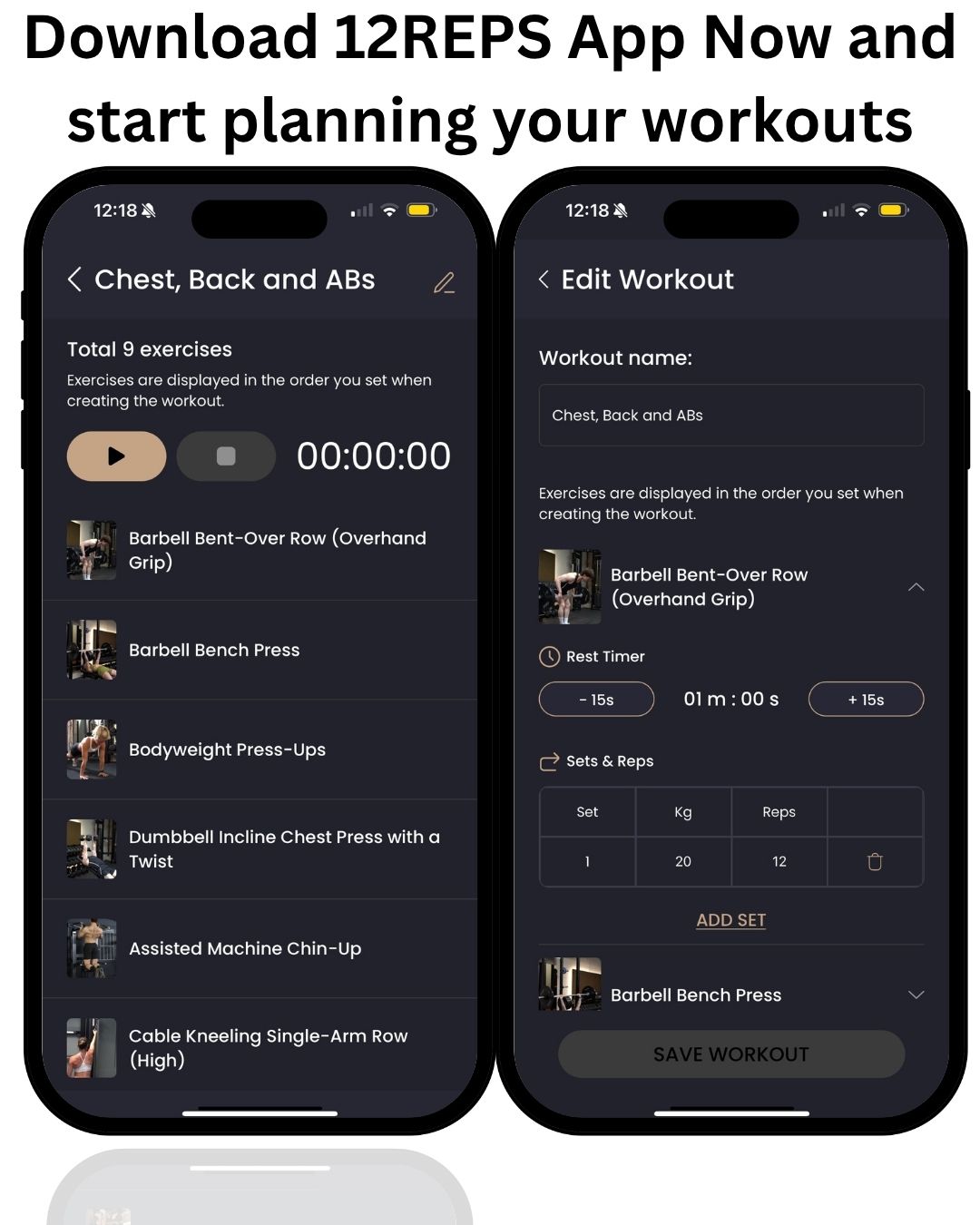By Will Duru, BSc (Hons) Sport and Exercise Science, Award-winning Personal Trainer with over 10 years of experience in strength training and optimising recovery.
“I feel like my metabolism has just packed its bags and left.”
If I had a pound for every time a woman over 40 has said something like this to me, I’d be a very wealthy man. It’s a feeling of deep frustration, a sense that your body’s internal furnace, the calorie-burning engine that used to run so hot, has been turned down to a barely-there pilot light. You feel like you’re doing all the right things, but your body is stubbornly holding onto every last calorie. It’s disheartening, and it can make you feel powerless.
Before we go any further, I need to get something very important out of the way. We need to debunk the myths that the diet and wellness industry loves to sell you. You cannot “boost” your metabolism with a magic pill. You can’t do it with a special “detox” tea, a restrictive fad diet, or by dousing your food in cayenne pepper. These are marketing gimmicks, designed to take your money, not to deliver real, lasting results. They promise a quick fix, but the truth is, there are no shortcuts when it comes to your health.
The good news is that you are far from powerless. While you can’t magically “boost” your metabolism overnight, you can absolutely influence it. You can create a lifestyle that encourages your body to burn more energy. The secret isn’t a quick fix; it’s about building a sustainable approach that supports a higher metabolic rate for the long haul. And the undisputed, number one, most effective strategy for stoking that metabolic fire? It’s strength training. Let me explain the real, science-backed ways to get your metabolism working for you again.

The Muscle-Metabolism Connection
If you remember only one thing from this article, let it be this: muscle is your metabolic currency. It is the most metabolically active tissue in your body. The more lean muscle you have, the more calories your body burns every single minute of every single day, even when you are completely at rest. This is what’s known as your Resting Metabolic Rate, or RMR, and it accounts for the majority of the calories you burn each day.
I often use the analogy of a car engine with my clients. Think of your muscle mass as the size of your car’s engine. A big, powerful V8 engine burns a lot of fuel just by idling in the driveway. A small, efficient one-cylinder engine sips fuel. As we get older, a natural process called sarcopenia (age-related muscle loss) begins to shrink the size of our metabolic engine. Unless we are actively doing something to counteract this process, we will lose muscle mass year after year. This is the primary, scientifically-proven reason why your metabolism slows down as you age. [1] It’s not a mystery; it’s a direct consequence of losing that precious, calorie-hungry muscle tissue.
This is why strength training is, without a doubt, the most direct and effective way to “boost” your metabolism. When you lift weights, you are sending a powerful signal to your body to build and maintain muscle. You are not just burning calories during the 45 minutes you’re in the gym; you are actively rebuilding your metabolic engine. A bigger engine burns more fuel, 24/7. This is the “afterburn” effect that people talk about, but it’s more profound than just a few extra calories burned post-workout. It’s a permanent upgrade to your body’s resting energy expenditure. To ensure your workouts are actually effective for building muscle, you need to be progressively challenging yourself. This is where a good workout tracker becomes essential. Using an app like the 12reps app allows you to log your weights and reps, ensuring you are consistently getting stronger and providing the necessary stimulus for muscle growth.

Eat to Fuel, Not to "Boost"
Now that we’ve established that building muscle is the number one priority, let’s talk about the role of nutrition. Just as you can’t out-train a bad diet, you can’t build a strong metabolic engine without the right fuel. The goal of your nutrition strategy should be to eat in a way that supports muscle growth, provides you with steady energy, and works with your metabolism, not against it.
Action 1: Prioritise Protein. Protein is your metabolic best friend. Not only is it the essential building block for the new muscle you’re trying to build, but it also has the highest Thermic Effect of Food (TEF) of all the macronutrients. In simple terms, TEF is the energy your body uses to digest, absorb, and process the food you eat. Your body has to work harder, and therefore burns more calories, to process protein than it does to process fats and carbohydrates. The TEF for protein is around 20-30%, while for carbs it’s 5-10%, and for fat it’s a mere 0-3%. [2] This means that by simply shifting the composition of your diet to include more protein, you are giving your metabolism a small but significant advantage at every single meal.
Action 2: Don’t Starve Yourself. This is a critical point that so many people get wrong. In a desperate attempt to lose weight, they slash their calories to dangerously low levels. This is one of the worst things you can do for your metabolism. When your body senses a severe energy deficit, it goes into self-preservation mode. It perceives the extreme calorie restriction as a famine, and it responds by slowing down your metabolism to conserve energy. This is a survival mechanism. It will start to break down metabolically active muscle tissue for energy and will cling desperately to your fat stores. This is why crash diets always backfire and lead to rebound weight gain. If fat loss is your goal, the aim should be a moderate, sustainable calorie deficit, not a state of starvation.
Getting this balance right can be tricky, which is why using a reliable tool is so important. You need to eat enough to fuel your workouts and support muscle growth, while still creating a small deficit if you want to lose fat. Not sure how much to eat? I strongly recommend you download the 12reps app. It can provide you with personalised nutrition targets based on your goals, taking the guesswork out of the equation and ensuring you are eating to support your metabolism, not fight against it.
The "NEAT" Trick and Other Lifestyle Factors
The third and final piece of the metabolic puzzle is something that exercise scientists call NEAT, which stands for Non-Exercise Activity Thermogenesis. This is a fancy term for all the movement and physical activity you do throughout the day that isn’t formal, structured exercise. It includes things like walking to your car, taking the stairs, fidgeting at your desk, doing housework, gardening, or pacing while you’re on a phone call.
Why does this matter so much? Because NEAT can account for a huge and highly variable portion of your total daily calorie burn. In our modern, sedentary world, we have systematically engineered this type of movement out of our lives. We drive everywhere, we take the elevator, we work at desks for eight hours a day, and we relax on the sofa in the evening. This dramatic reduction in daily movement is a major contributor to the obesity epidemic. Research has shown that a low level of NEAT is strongly associated with obesity and that it can differ by as much as 2000 calories per day between people of similar size. [3]
This is fantastic news, because it means you have another powerful, controllable way to increase your daily energy expenditure. The key is to consciously look for opportunities to move more throughout your day. My actionable advice is to start small and build habits. Always choose the stairs over the elevator. Park your car at the far end of the parking lot. Set a timer to get up and walk around for five minutes every hour. Take a 10-minute walk after each meal. Get a standing desk if you can. Pace around your living room while you’re talking on the phone. These small bursts of activity might not feel like much individually, but they add up to a significant number of extra calories burned over the course of a week, a month, and a year.
Finally, don’t forget the importance of other lifestyle factors. Chronic poor sleep has been shown to disrupt the hormones that regulate appetite and metabolism, making you more likely to store fat. And staying well-hydrated is also crucial, as all of your body’s metabolic processes take place in water.
Conclusion
So, let’s bring it all together. If you feel like your metabolism has slowed to a crawl after 40, you are not powerless. You don’t need a magic pill or a fad diet. You just need the right strategy. The three real, science-backed ways to support and stoke your metabolic fire are:
- Build Muscle: Make progressive strength training the cornerstone of your fitness routine, 3-4 times per week.
- Eat to Fuel: Prioritise protein at every meal and avoid crash dieting.
- Move More: Consciously increase your daily movement (NEAT) in any way you can.
You have the power to influence your metabolism. It’s not a fixed dial that is stuck on “low.” Think of it as a fire that you can tend to and build every single day through your choices. It’s about creating a lifestyle that sends a consistent signal to your body to be strong, active, and vital.
Ready to stop feeling frustrated and start stoking your metabolic fire? It’s time to take control. I invite you to start your free trial on the 12reps app today. It will give you the tools you need to combine powerful, effective workouts with smart, supportive nutrition. Let’s build that fire together.
References
- [1] Zurlo, F., Larson, K., Bogardus, C., & Ravussin, E. (1990). Skeletal muscle metabolism is a major determinant of resting energy expenditure. Journal of Clinical Investigation, 86(5), 1423-1427. https://pmc.ncbi.nlm.nih.gov/articles/PMC296885/
- [2] Calcagno, M., Kahleova, H., Alwarith, J., Burgess, N. N., & Barnard, N. D. (2019). The thermic effect of food: a review. Journal of the American College of Nutrition, 38(6), 547-551. https://pubmed.ncbi.nlm.nih.gov/31021710/
[3] Chung, N., Park, M. Y., Kim, J., Park, H. Y., Hwang, H., Lee, C. H., … & Lim, K. (2018). Non-exercise activity thermogenesis (NEAT): a component of total daily energy expenditure. Journal of exercise nutrition & biochemistry, 22(2), 23. https://pmc.ncbi.nlm.nih.gov/articles/PMC6058072











